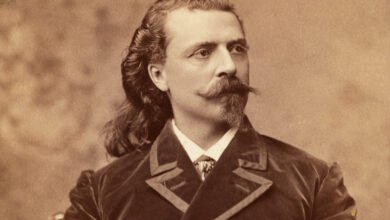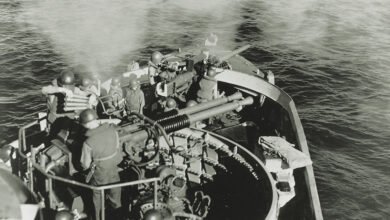Seminoles Taught American Soldiers a Thing or Two About Guerrilla Warfare

The word “Seminole” is derived from the Muscogean word simanó-li, or “runaway,” reflecting a common heritage, as Upper Creeks from Alabama, Lower Creeks from Georgia, other affiliated tribes and escaped African slaves all sought sanctuary in Spanish Florida. There they mixed with one another, adapted to their surroundings, traded with Britain, Spain and the United States and came to be collectively recognized as one of the Five Civilized Tribes (along with the Cherokee, Chickasaw, Choctaw and Creek/Muscogee) of the American Southeast. Not civilized enough for some, apparently, for when the United States acquired Florida in 1821, it began herding the Seminoles, through a succession of treaties, to progressively smaller and less desirable parts of the state. Ultimately, in 1834 federal officials set Jan. 1, 1836, as a deadline for removal of the Seminoles from Florida to Indian Territory (present-day Oklahoma). When a 110-man detachment of the 4th U.S. Infantry under Brevet Maj. Francis L. Dade set out for Fort King to oversee that final removal, however, it was ambushed by 180 Seminoles led by Halpatter Tustenuggee (Alligator) on Dec. 28, 1835. The ensuing slaughter of all but two of Dade’s men marked the beginning of the longest campaign fought between the U.S. Army and American Indians, a mix of pitched battles and guerrilla warfare.
In Seminole Warrior versus U.S. Soldier: Second Seminole War, 1835–42 (No. 61 in Osprey’s Combat series) military historian Ron Field compares the tactics, arms, equipment and fighting techniques used by both sides. In addition to what whites termed the “Dade massacre,” re-examined here through a more impartial lens, Field relates two other major engagements—at Lake Okeechobee, on Christmas Day 1837, and the second of back-to-back clashes at the Loxahatchee River, on Jan. 24, 1838.
Set in what might be more appropriately called the “Wild South,” the Second Seminole War was something of a learning process for both sides. Several notable future U.S. Army figures had their first taste of Indian warfare and, for that matter, their first combat experience during the conflict, lessons they would apply during the Mexican War. The Seminoles likewise developed guerrilla tactics they would employ as scouts during the Army’s later run-ins with other tribes on the Great Plains. Backed by Osprey’s usual fine array of illustrations and maps, Seminole Warrior versus U.S. Soldier offers Wild West readers a peek at the dress rehearsal for Indian campaigns to come.

Seminole Warrior vs. U.S. Soldier
Second Seminole War, 1835–42
By Ron Field, Osprey Publishing, 2022
If you buy something through our site, we might earn a commission.





